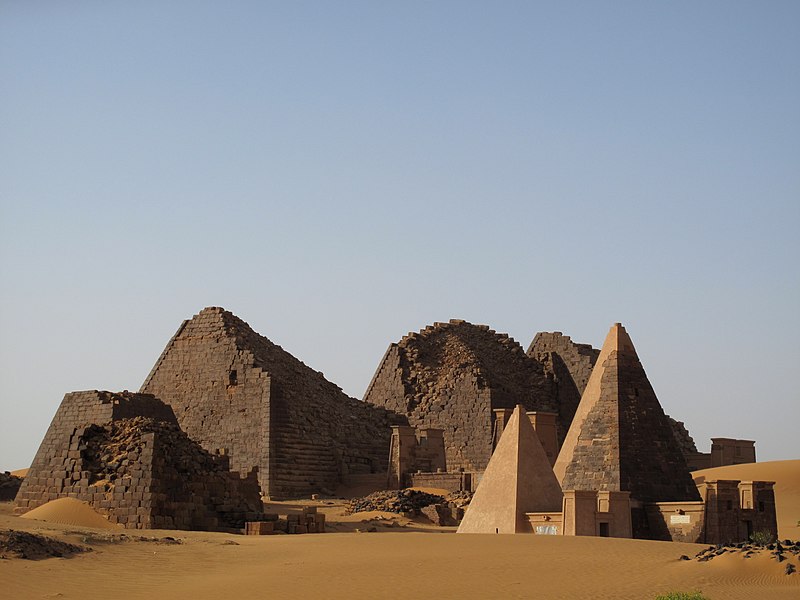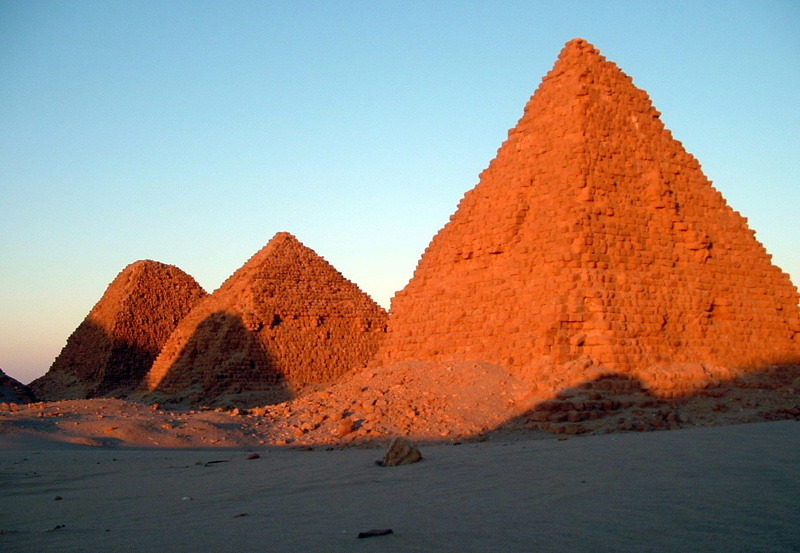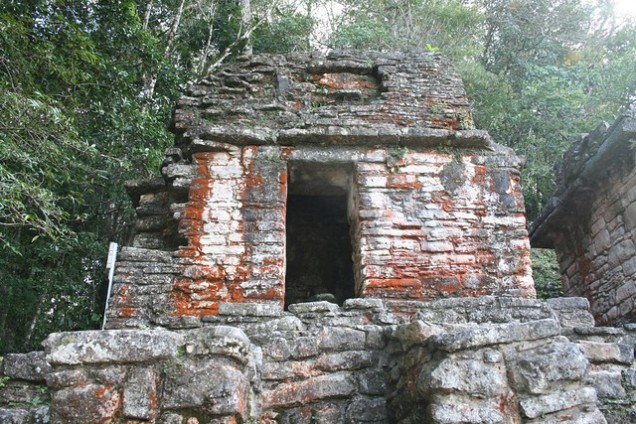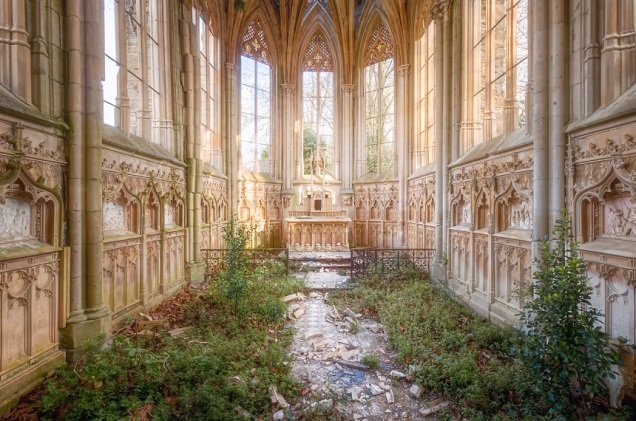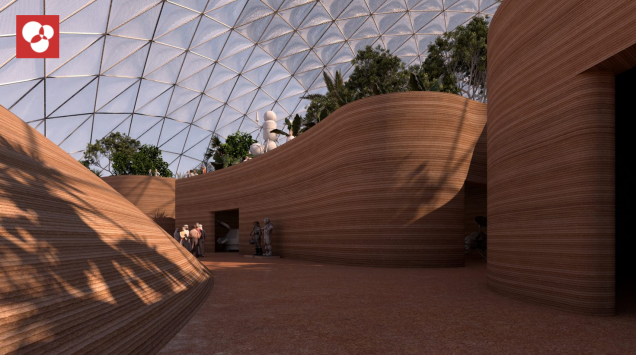Content note: bodily fluids and disordered eating
Latin, like any foreign language, can be confusing sometimes, especially when so many Latin words have been adopted into other languages and often changed in the process. Still, it’s hard to think of a Latin word more misunderstood than vomitorium. The popular image is that Romans had rooms in their houses where they went to purge themselves mid-orgy so they could go back and keep eating. It’s an entertaining image (for certain values of entertainment), but it’s also completely false.
The word vomitorium is a form of vomitorius, derived from the verb vomo, meaning “to vomit.” In normal usage, vomitorius refers to emetics, substances used to induce vomiting for medical purposes. Pliny the Elder uses the word in this sense to describe the medicinal properties of some sort of plant (the exact plant is unclear, but it seems to be something in the allium family).
There is a plant with leek-like leaves and a reddish bulb that the Greeks call “bulbine.” It is considered very effective in treating wounds, so long as they are recent. The bulb that is called “vomitorius” because of its emetic effect has dark, glossy leaves that are longer than those of other types.
Pliny the Elder, Natural History 20.40
(My own translations)
Only one extant source uses the word vomitorium in reference to an architectural feature, and it was not a room for vomiting. The passage is from the Saturnalia by Macrobius, a late Roman writer. The Saturnalia is a fictional account of a dinner party conversation, a popular genre among Greek and Roman writers. In this case, the diners spend a good deal of time talking about the origins and usage of various words, particularly those connected with eating and digestion. Vomitorium comes up in a discussion of metaphorical and poetic uses of vomo:
Lucilius said in his fourteenth book:
“If there were no praetor hanging around bugging me
that wouldn’t be bad, I tell you. He’s the one disemboweling me.
In the morning every house vomits a wave of sycophants.”
That’s well said, and it’s an old expression, too, for Ennius says:
“And the Tiber river vomits into the salt sea”
And so nowadays we talk about “vomitoria” in the theatre, through which crowds of people pour in to get to the seats.
Macrobius, Saturnalia 6.4.2-3
Macrobius is describing the monumental entrances of public buildings that were built to accommodate large flows of people, such as we typically find on Roman theatres and amphitheatres. They look something like this:
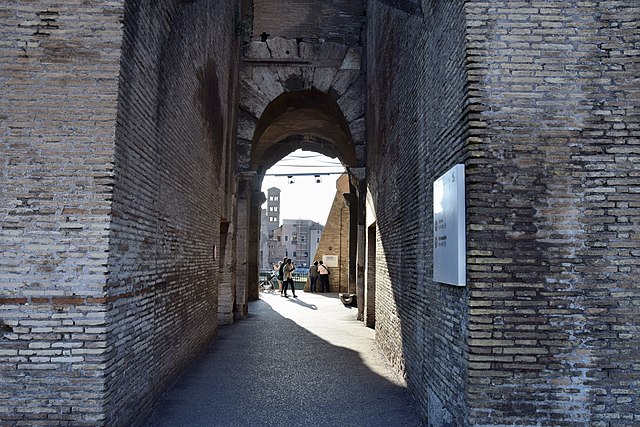

It’s hard to say how formal or widely used the term was. We don’t have any mention of it from Roman texts on architecture. It certainly carries more than a whiff of aristocratic disdain for the crowds of ordinary folks who had to jostle their way into the seats, unlike Macrobius and his upper-crust set who could count on reserved seating. Still, it must have been a word that late Roman aristocrats like Macrobius would recognize, or else there would be no reason to bring it up in a discussion of etymology and poetry. In modern times, architectural historians have taken Macrobius’ bit of upper-class slang and turned it into a technical term for describing the wide entry passages of Roman public buildings, and you’ll find it in more than one scholarly work on Roman architecture, but there’s no evidence that the people who designed, built, or used those structures referred to them as such.
Now, it’s not entirely clear how we got form a misapplied architectural term in historical scholarship to the idea of upper-class Romans pausing mid-party to go to a separate room and throw up, but somewhere along the way there are probably a couple generations of bored school kids enlivening their Latin lessons with overactive imaginations and gross-out humor. They may well have gotten inspiration from some of the more revolting passages in Latin literature. In one such passage, the philosopher Seneca laments the maltreatment of enslaved household workers who are made to stand silent and hungry while the man of the house overindulges:
For this reason, I laugh at those who think it is unseemly to share a meal with their slaves. Why should it be, when it is only haughty habit that has a crowd of slaves standing around while the lord dines? He eats more than he can handle and in his overpowering greed stretches out his belly until it can no longer do its job, then he has to work harder to get it all out than he did to put it in. And all this time, the poor slaves cannot move their lips, not even to speak.
Seneca, Moral Letters 47.2
Another, even more explicit example comes from Suetonius’ biography of the emperor Claudius:
He rarely left the dining table until he was gorged and sloshed, and as soon as he was on his back and snoring, a feather was slipped into his mouth to get him to unburden his stomach.
Suetonius, The Lives of the Caesars, “The Deified Claudius” 33.1
Both of these passages pretty clearly describe elite Romans overeating and then inducing themselves or being induced to vomit. It would be a mistake, however, to take either of these passages as evidence that self-purging was a normal enough part of Roman life to require a dedicated room.
Seneca is condemning the greed, vanity, and inhumanity of wealthy Romans. The point of his imagery is the revolting contrast between the master who eats more than he can handle and the slaves who get nothing to eat at all. Seneca is not describing the real behavior of a real person but concocting a repulsive mental image to make a philosophical point. Suetonius, on the other hand, is describing a real person’s real behavior, but that person was not a typical Roman. The Roman elite found Claudius eccentric and off-putting, a fact Suetonius illustrates with multiple anecdotes. What Suetonius describes here is not the lifestyle of an average Roman aristocrat but a weird, gross habit of a weird, gross person.
Both of these passages are meant to disgust the audience, but neither was written with modern sensibilities in mind. They were meant to be disgusting to an audience of elite Romans. Seneca and Suetonius wrote about self-purging Romans not because it was something Romans did but because it was something their Roman readers would cringe at. If a mid-feast vomit had been a common enough practice to warrant making it a special feature of the home, these passages would have had no force.
Now, none of what I’ve explained here should be taken to mean that no Roman ever induced a post-feast hurl, nor even that there were no Romans who made a habit of it. People do a lot of strange things, and people of any culture or time can have a troubled relationship with food, but a few people acting strangely does not amount to a cultural practice. The idea of the vomitorium as a purging room is a bizarre pile-up of misunderstood slang, schoolkid humor, and a pruriently selective reading of sources. The ancient Romans weren’t any more likely to be intentionally losing their dinners than anyone is today, and they certainly didn’t build rooms for it.
History for Writers looks at how history can be a fiction writer’s most useful tool, from worldbuilding to dialogue.
